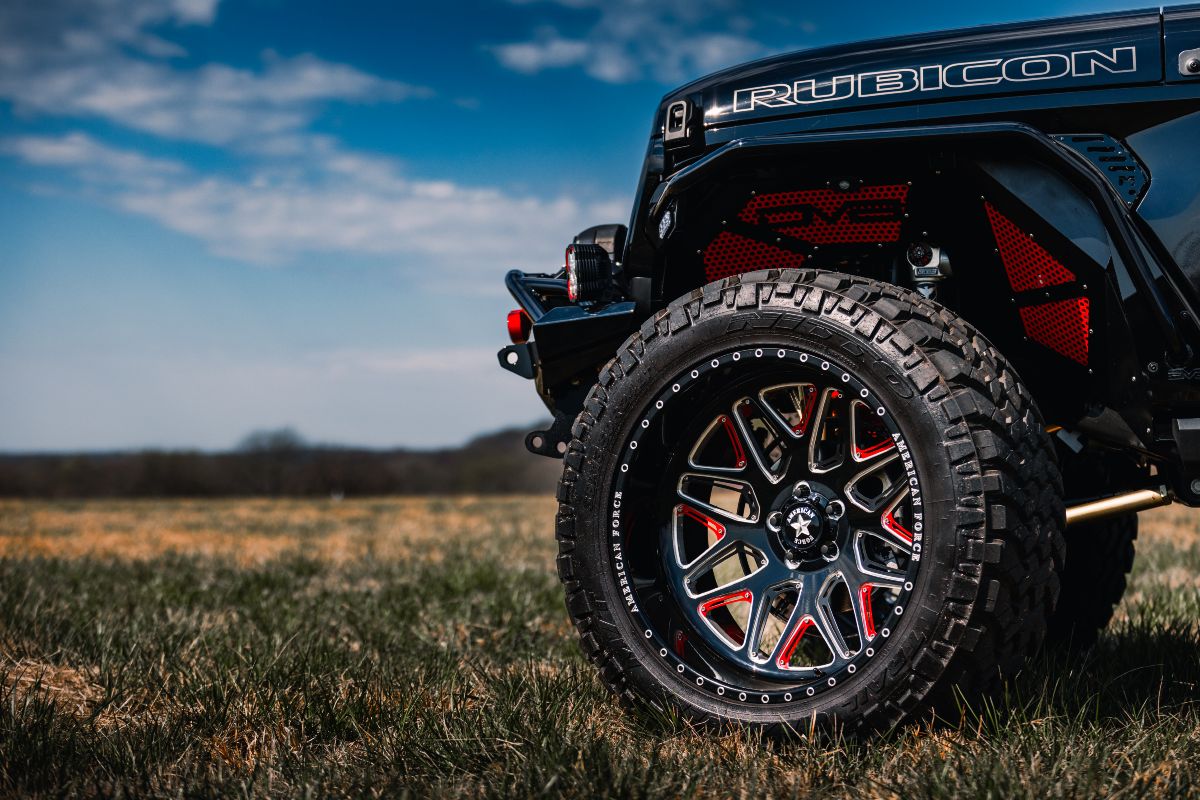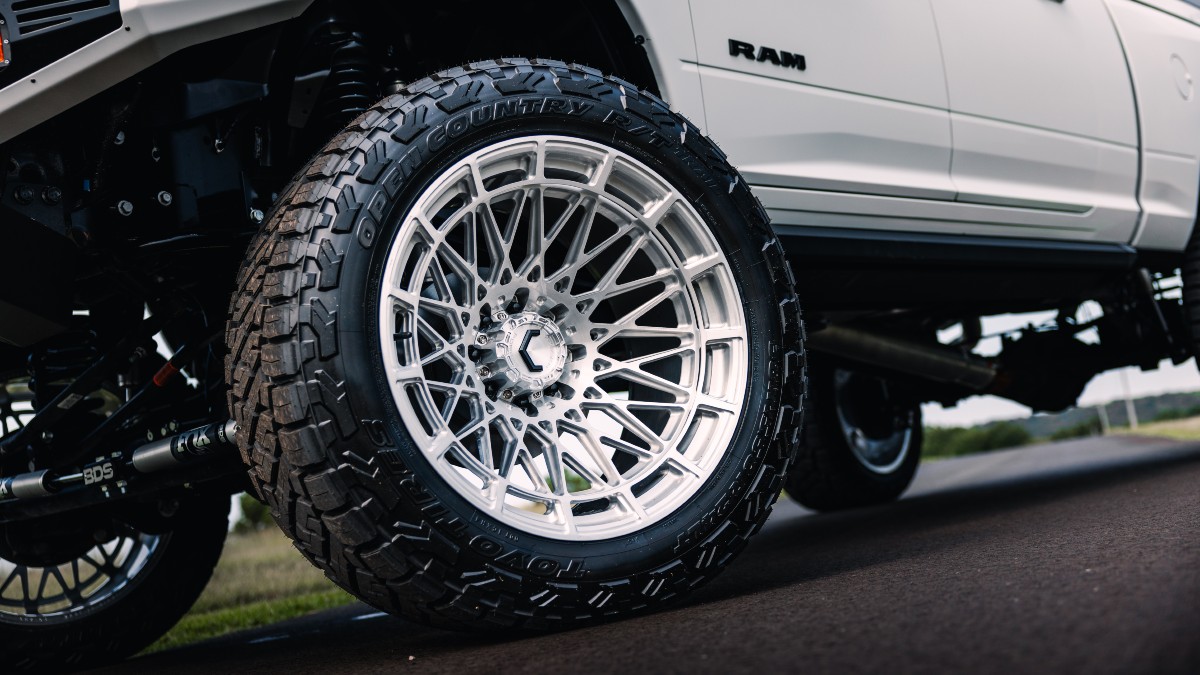Upgrading to bigger wheels and tires is one of the most popular things to do when customizing your lifted Jeep, especially if you get a higher-than-average lift kit. We typically outfit the vehicles that we customize with 33- to 38-inch tires, but some people like the idea of 40-inch tires and we love to encourage. If you’re looking for a truly aggressive stance and/or a Jeep ready to dominate more advanced trails, 40” tires can be a great choice.
But you have to remember that there are other things you need to do after making massive changes like that, most importantly re-gearing. By upgrading to 40” tires but remaining at stock gears, you’re going to notice a drop in fuel efficiency and negative impacts on performance. So, we’re here to tell you all about choosing the best gear ratio for your new tires, as well as why exactly it’s so important.
Why Do Gear Ratios Matter?
When talking about a vehicle, the gear ratio is what determines how many times the driveshaft turns for each rotation of the wheels. By installing larger tires, each rotation now covers more ground, which means your engine has to work harder to move the vehicle. This is especially true when driving at lower speeds or while climbing. Here are a few of the side effects that you’re likely to notice without properly re-gearing after installing your 40” tires:
- Sluggish acceleration
- Transmission strainDecreased towing capacity
- Poor fuel efficiency
- Constant gear hunting on highways
By re-gearing, you make sure that the driveshaft is turning an appropriate number of times for the new size of your rotation. You’ll restore the mechanical advantages that you lost by installing your oversized tires, and make sure your Jeep is running the way it should be.
Ideal Gear Ratios for 40-Inch Tires
Determining which gear ratio is going to be best for you will also depend on your engine, transmission and the type of driving you’re going to be doing. The following table lists the four different kinds of engines you might find in your Jeep and a recommended range of gear ratios.
| Engine Type | Recommended Range |
| Traditional V6 | 5.13 — 5.38 |
| Traditional V8 | 4.88 — 5.13 |
| Turbocharged V6 | 4.88 — 5.13 |
| Diesel | 4.56 — 4.88 |
To decide where in the range you should choose, you’ll have to consider your transmission and driving style. Let’s start with the former, as it’s pretty easy. If you have a manual transmission, lean toward the higher end of the range, or the lower end for any other type. Now, here are a few examples of driving activities that affect which option you should pick:
- Daily Driving/Light Trails
- If you’re going to be mostly using your Jeep as your daily driver, with some light weekend trails mixed in here and there, then you should opt for the lowest option.
- Dedicated Off-Roading
- If your rig is pretty much exclusively going to be used for off-roading, then you should choose the highest option.
- Towing/Overlanding
- While these are two different activities, if you’re going to frequently be using your vehicle for either option it’s best to pick a higher ratio. This is because higher ratios can help manage weight and elevation changes without subjecting your drivetrain to unnecessary stress.
These ratios help restore factory-like performance while optimizing torque delivery for off-road use. If you’re running a manual transmission or frequently tow heavy loads, lean toward the higher end of the range.

Get Help at LiftedJeeps.com
If you’re the DIY type and are considering re-gearing by yourself, remember that you should re-gear both axles and ensure that the gear ratios match. If you’d rather let someone else deal with the hard parts, or need more advice on which ratio you should pick for your specific lifted Jeep, you can get in touch with us right here at LiftedJeeps.com.
By the way, you should also recalibrate your speedometer, as installing larger tires and new gears can throw it off. We’d be happy to take care of this in addition to your re-gearing, as well as anything else you might need done. For example, if you’re already upgrading your gears, it might be time to consider installing locking differentials if you haven’t already. We look forward to hearing from you!


